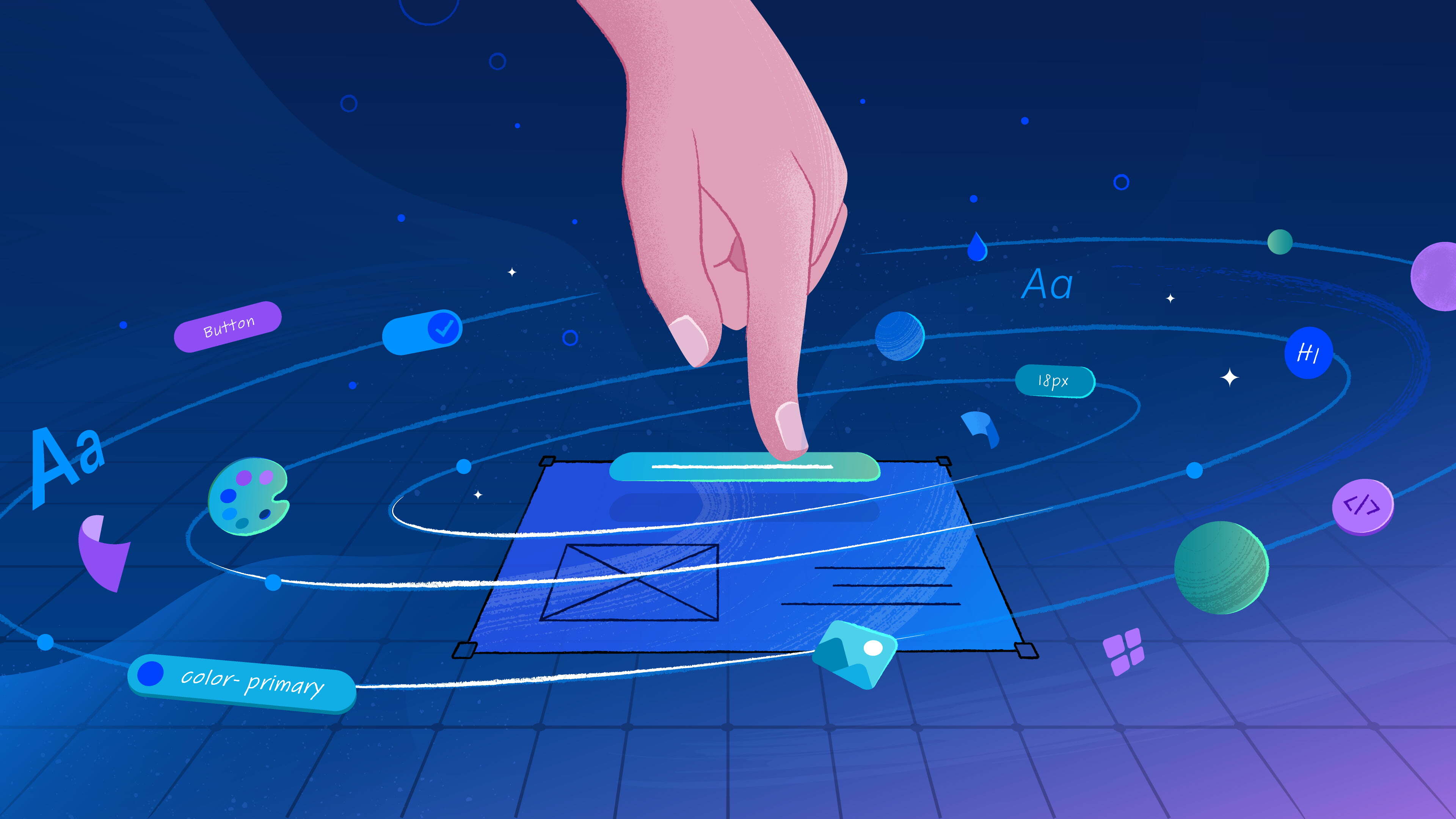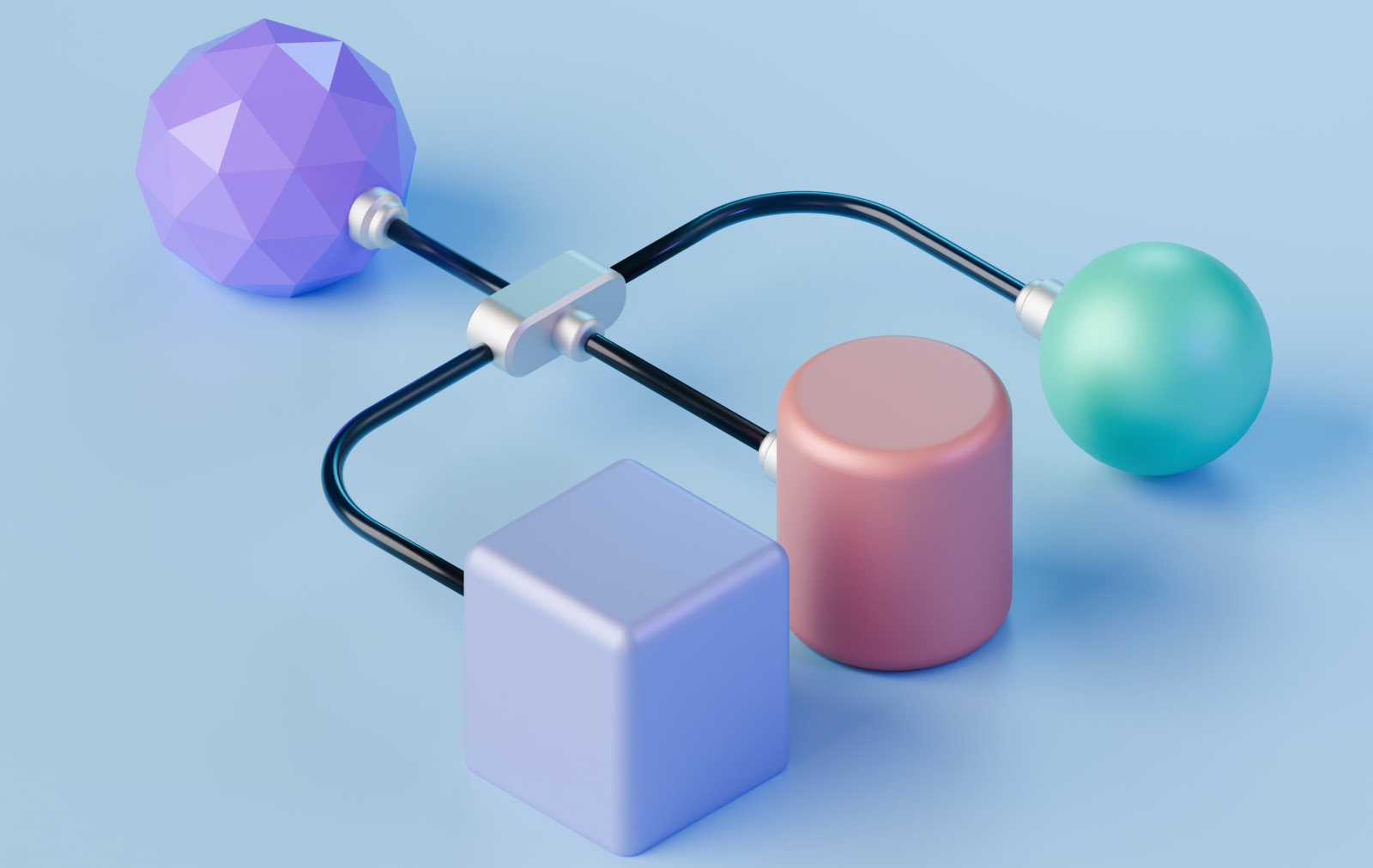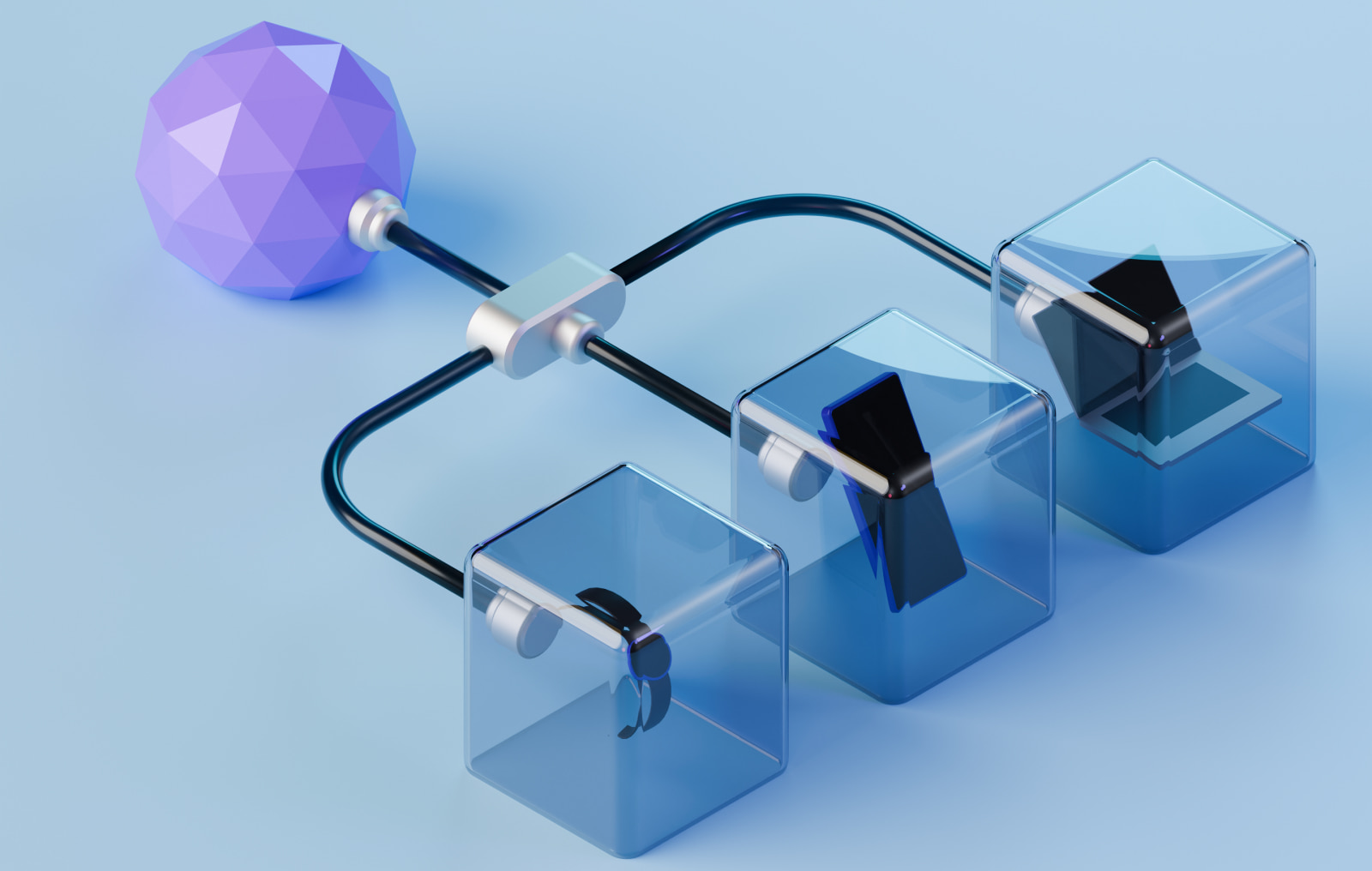We accelerate your business growth with a tailored design system.

A Design System is a collection of reusable design elements and standards that guide the aesthetic and functional aspects of a user interface. It includes typography, color schemes, and interactive components, creating a unified design approach. Design system streamlines the development process, reducing costs and time spent on design. Moreover, it ensures a consistent and intuitive user experience increasing user satisfaction and loyalty.
Design system advocates efficiency
Starting from scratch and reinventing the wheel eachtime a digital product is made is a major culprit of digital overspending.Having proven solutions at the ready helps teams addressproblems more quickly.
Design system ensures consistency
Design systems prioritize reusability across digitalproducts, and reusability is the main ingredient in consistency.
Design system spawns innovation
Moving designers and engineers from creatingeverything from scratch to reusing common interface and interaction remediesfrees up their time to address unfamiliar problems and invent solutions forthem.
… most Design Systems are really just Pattern Libraries: a big box of UI Lego pieces that can be assembled in near-infinite ways.
Emmet Connolly
Director of Product Design at Intercom
You develop multiple products
Design systems not only allow for CX consistency in a portfolio of products, but they speed up the work substantially due to components reusability and less version control issues.


You have a product you resell (white labeling)
We are happy to translate our experience in designing products that are easily and quickly ‘rebrandable’ which radically shortens the time-to-market.
You have a product you resell (white labeling)
We are happy to translate our experience in designing products that are easily and quickly ‘rebrandable’ which radically shortens the time-to-market.

You merge with, or acquire, another company
Design system acts as a platform bringing multiple companies on the same page and ensures brand consistency within a suite of products from the get-go.
.jpg)
.jpg)
You have a complex product that runs on multiple platforms
While taking into account the differences between individual platforms, it is crucial to have a design system that acts as a single source of truth for the experience that unfolds across multiple touchpoints.
You have a complex product that runs on multiple platforms
While taking into account the differences between individual platforms, it is crucial to have a design system that acts as a single source of truth for the experience that unfolds across multiple touchpoints.

We audit the existing product, define design language, build a pattern library of design elements, and create guidelines on how and when to use them. Our design systems are dynamic and adapt seamlessly to your company’s growth, minimizing designers’ and developers’ works duplication.
Plug into any technology
Using web components allow you to create just one set of components that works for every project team and be technology-agnostic, no matter what framework they use (React, Angular etc).
Accessibility is a default, not an extra cost
The suite of tools that we use facilitates creating products that are compliant with accessibility standards without substantial time- and cost burden.
Speeding things up by connecting design with code
Automating design changes with development through Figma API drastically reduces the bottleneck between the visual project and its implementation.
.png?width=653&height=890&name=7coILdZQ%201%20(9).png)
Let's make your work easier, quicker, and less expensive with a design system.
.jpg)
.png)
.png)
.png?width=516&height=516&name=Picture%20(13).png)
Design systems improve the user experience through the repeated use of familiar and proven patterns.
65% of companies surveyed by Forrester were using a design system in 2020.
The data science team at Figma run an experiment in which they proved when participants had access to a design system they completed their objective 34% faster than without a design system.
Telus reported that their design system has resulted in a significant time-saving of 6,480 hours annually, across their 40,000-strong organization and 36,000 web pages.
Frequently
asked questions
How to know when an organization requires a design system?
You will definitely benefit from a design system when you identify scale, efficiency, and consistency issues that could be improved by principles, constraints, patterns, and documentation. A design system is necessitated by more than one person owning the interface and front-end code. The larger the team, the harder it becomes to ensure consistency.
What’s in a design system?
What’s the difference between a design system and a style guide or pattern library?
The most distinctive benefit of a design system is that its a shared and centralized collection of digital assets. A pattern library is a specific part of this, where molecules and organisms are stored. While useful, this is not helpful on its own without the singular atoms that make up these larger features.
Style guides can be used to inform your design system. A style guide can determine tone, branding, and other factors that designers can use when growing, adapting, and using their design system.
A design system covers all of the above. It includes the atoms, typography, grid rules, and other essential building blocks, as well as the pattern library, templates, and more advanced design guidelines.